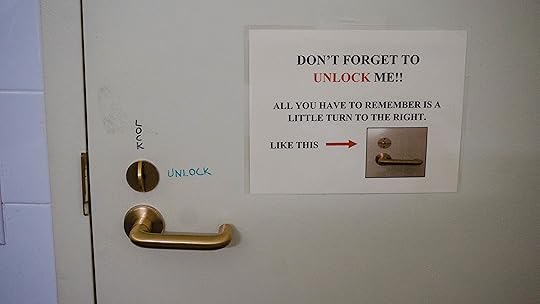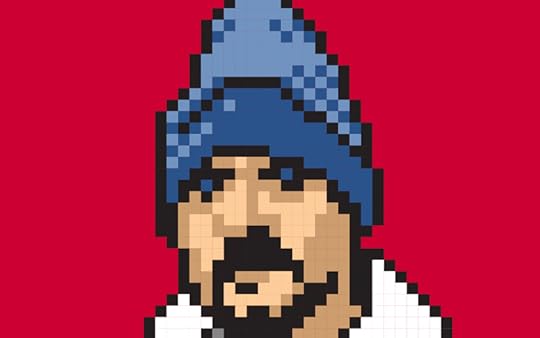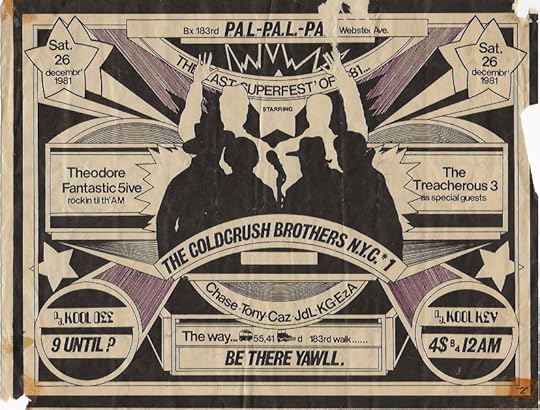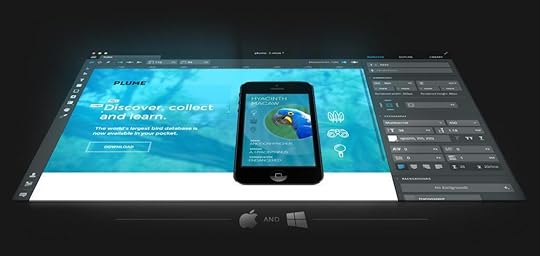Jeffrey Zeldman's Blog, page 37
July 18, 2014
Design Problem

FOUND on a school restroom door. If you don’t turn the little latch to the right when you exit, the door automatically locks behind you, and nobody else can use the restroom.
Instead of fixing the door, they made a sign.
July 7, 2014
Online Training to Make Sites and Apps Accessible

ACCESSIBILITY IS LIKE the weather: everyone talks about it, but not enough of us do anything about it. Austin-based Knowbility is one of the few groups in the world with the commitment and expertise to change this. If enough of us fund their new IndieGogo project, they’ll gain the resources they need to create online modules that teach the world how to make our sites work for people with disabilities. This is a cause any web designer or developer should be able to get behind.
I love the web because it is democratic, agnostic, and empowering. Progressive enhancement, responsive design, and other core components of standards-based web design are all about making sure that the experiences we create online are available to any person, via any browser, on any device. That promise is the heart of web accessibility. It will seem obvious to most folks reading this page that a site that works for all is way better than a site that works only for some.
Yet, for all the sophistication and excitement of modern web design, accessibility remains the least-taught, least-understood, least-cared-about of all our new and classic best practices. Let’s help Knowbility change that. Let’s help them help us, and, by extension, help everyone who uses the web (or tries to).
Please contribute to, and spread the word about, Online Training to Make Sites and Apps Accessible: igg.me/at/knowbility. And please hurry! There are only five days left to make a difference.
July 2, 2014
Original Hip Hop Art

WHY THE INTERNET was invented: this single-page, no-frills website presents a trove of original, old-school hip hop party posters mainly designed by Buddy Esquire and Phase 2, and featuring legendary rappers before they got famous. Word to your mother.
Hat tip: Fred Gates Design.
Netdiver returns

PIONEERING design ‘zine Netdiver is back, baby!
Founded by my friend and colleague Carole Guevin in 1998, Netdiver was one of the first web ‘zines to seriously explore and promote design and design culture on the web. In its pages, you would discover pretty much everything exciting that was happening in web and digital design, photography, industrial design, and digital filmmaking.
Sites as fine (and as different) as Swissmiss and The Great Discontent can trace more than a strand of their DNA back to Netdiver and its creator.
Like many of the great zines and blogs from the first and second waves of indy web publishing, Netdiver has been quiet over the past few years. It’s a thrill to see it come roaring back to life. Maybe it’s a sign. Maybe a long overdue re-flowering of blogs and independent websites is imminent. A boy can dream.
June 10, 2014
The Color Purple

WHEN my daughter was little, she used to ask me my favorite color. I was a grownup, and could only supply a grownup’s answer: “I love the way light looks in late afternoon,” I might say. Or, “Red and black can make powerful statements in graphic design.” Grownups don’t have favorite colors. But children do.
Rebecca Meyer had a favorite color. It was purple. A color that might be expressed in the hexadecimal language of web design as #663399.
As many of you know, Eric and Kat Meyer lost their daughter Rebecca to cancer on Saturday. Rebecca Alison Meyer was a ray of light. She was six years, eleven and a half hours old when she died.
Some of us know Eric through his two decades of work on behalf of web development and web standards. Some of us know Eric and Kat as friends. Some of us only know of the Meyerses because of Rebecca’s story, as her parents courageously and with unyielding clarity shared it over the internet day after day during the past year.
All the caring and all the medicine, all the prayers and all the love from friends and strangers, could not stop this cancer from claiming this child. Caught between horror and hope, all of us watched as the Meyer family fought to save their beautiful middle child’s life. They did everything that could be done to save Rebecca. Then they did more.
Now it’s time to do something for them. Some little, heartbreakingly inadequate thing for a girl who got dragged into a fight no one could win, and stayed a pure, brave spirit to the end.
Rebecca will be buried this Thursday, 12 June. On that day, let us celebrate Rebecca by calling the internet’s attention to her. In the words of Matt Robin, who came up with the idea, “let’s get #663399Becca trending for Thursday 12th.”
It’s so easy to do, there’s no reason not to. Go to Twitter on 12 June and post the hashtag #663399Becca along with any additional words or pictures you feel moved to share. Or just share the hashtag. It will not be enough. Nothing will ever be enough. But it will be something.
(The family requests that charitable donations be made in Rebecca’s name to the Philadelphia Ronald McDonald House or the St. Baldrick’s Foundation.)
May 12, 2014
An Event Apart San Diego 2014 in real time
May 10, 2014
I Cry Inside

MY DAUGHTER cries and begs me not to leave on my business trip. I hold her and tell her I will return soon.
My grandfather died in a plane crash between New York and California. My mother, who was eleven, had begged him not to leave. He lied and told her he would cancel the trip. I never lie to my daughter.
I always thought my grandfather died on a business trip. Two years ago I finally learned he was actually flying to California to divorce my grandmother. My mother never told me.
My grandmother never told her children their father was dead. They figured it out gradually.
When my mother was a young adult, her fiancée died in a plane crash.
My mother was never able to be happy, to feel safe, to trust the world.
One of my jobs is to help my daughter learn to be happy, to feel safe, to trust the world.
It is hard for any parent. Harder when you are divorced. My daughter is sensitive, creative, and has a learning disability. She feels different from other kids. Family is everything to her.
My daughter is everything to me. To support her, I do several jobs. Jobs I love, working with people I love and trust. One of my jobs requires me to travel frequently, staying away for up to a week at a time.
My father worked twelve hours a day to support his family. We grew up in his absence and long shadow.
I am grateful for my daughter’s life and my ability to spend so much time with her. She knows her parents love her and will always be there for her.
But when I leave, she cries, and I cry inside.
April 24, 2014
Video: It’s a Great Time To Be A UX Designer by Jared Spool
IN THIS 60-minute video caught live at An Event Apart Austin 2013, Jared M. Spool explains why “It’s a Great Time To Be A UX Designer.”
Big Web Show № 117: The Real Macaw – Stop Writing Code, Start Drawing It
IN BIG WEB SHOW Episode № 117, Tom Giannattasio, Founder/CEO of Macaw, “the superhot web design tool of the future,” joins me to discuss a paradigm shift: can we really draw semantic HTML and succinct CSS? How it works. Pixels, percentages, ems, or rems? Designing a design tool. How to quit your job. From Kickstarter to startup. Team building. Responsive design, responsive community.
April 18, 2014
Hot Links!

AS AN EVENT APART Seattle closes, and we prepare for a sold-out Boston show, we want to share some of the helpful reviews, summaries, notes, and web links that An Event Apart Seattle inspired. Please enjoy: Hot Links From An Event Apart Seattle.





